
Piriápolis: Uruguay's Coastal Gem
Discover Piriápolis, a serene coastal town in Uruguay known for its stunning beaches, panoramic hilltop views, historic architecture, and vibrant local culture.
Piriápolis is a charming seaside town located along the coast of Uruguay. With its pristine beaches and clear waters, it offers a perfect retreat for those looking to relax and enjoy nature. The town is known for its serene atmosphere, making it a favorite among both locals and tourists. Visitors can explore the iconic Cerro San Antonio, a hill offering panoramic views of the coastline and the town below. The hill is accessible by both foot and car, and it provides a great spot for photography. Piriápolis is also home to the historic Hotel Argentino, an architectural marvel that dates back to the early 20th century. This grand hotel is not only a place to stay but also a glimpse into the town's rich past. The Rambla, a scenic coastal road, is perfect for a leisurely walk or bike ride. It runs along the beach and is lined with cafes and restaurants where you can enjoy delicious local cuisine. For those interested in wildlife, the nearby Pan de Azúcar National Park offers opportunities to see native animals and plants. Whether you're looking to unwind on the beach, explore historical sites, or enjoy outdoor activities, Piriápolis has something for everyone.
Local tips in Piriápolis
- Visit Cerro San Antonio early in the morning or late in the afternoon for the best light for photos.
- Try the local seafood at the restaurants along the Rambla.
- Pack comfortable shoes if you plan to hike up to Cerro San Antonio.
- Check out the local markets for unique souvenirs and crafts.
- Bring a hat and sunscreen, especially if you plan to spend time outdoors.
Piriápolis: Uruguay's Coastal Gem
Piriápolis is a charming seaside town located along the coast of Uruguay. With its pristine beaches and clear waters, it offers a perfect retreat for those looking to relax and enjoy nature. The town is known for its serene atmosphere, making it a favorite among both locals and tourists. Visitors can explore the iconic Cerro San Antonio, a hill offering panoramic views of the coastline and the town below. The hill is accessible by both foot and car, and it provides a great spot for photography. Piriápolis is also home to the historic Hotel Argentino, an architectural marvel that dates back to the early 20th century. This grand hotel is not only a place to stay but also a glimpse into the town's rich past. The Rambla, a scenic coastal road, is perfect for a leisurely walk or bike ride. It runs along the beach and is lined with cafes and restaurants where you can enjoy delicious local cuisine. For those interested in wildlife, the nearby Pan de Azúcar National Park offers opportunities to see native animals and plants. Whether you're looking to unwind on the beach, explore historical sites, or enjoy outdoor activities, Piriápolis has something for everyone.
When is the best time to go to Piriápolis?
Iconic landmarks you can’t miss
Reserva de Flora y Fauna del Pan de Azúcar
Discover the breathtaking landscapes and vibrant biodiversity at Reserva de Flora y Fauna del Pan de Azúcar, a premier wildlife refuge in Uruguay.
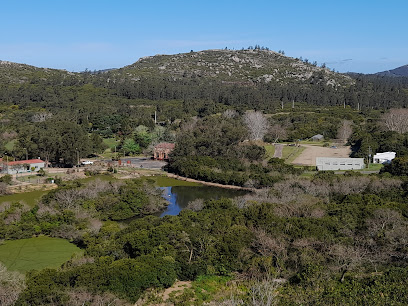
Argentino Hotel
Experience the charm of Piriápolis at Argentino Hotel, where comfort meets the stunning beauty of Uruguay's coastline.
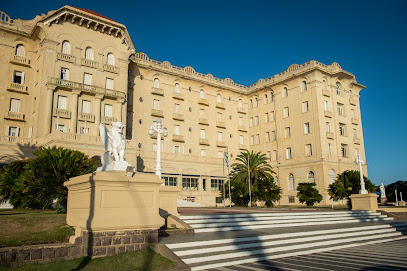
Francisco Piria Castle
Explore the captivating history and stunning architecture of Francisco Piria Castle in Piriápolis, a must-visit destination for history lovers and travelers.
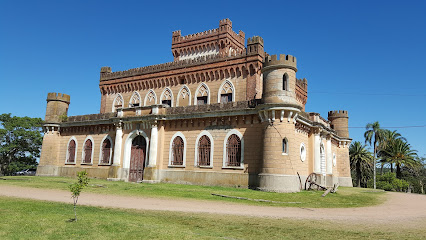
Municipal la Cascada Park
Experience tranquility at Municipal la Cascada Park, a beautiful oasis in Piriápolis, perfect for nature lovers and families seeking adventure.
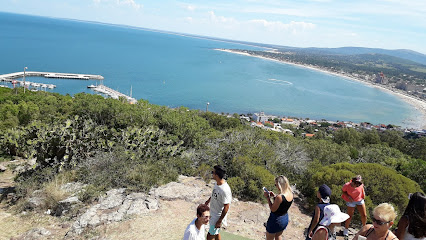
Rambla Piriapolis
Experience the vibrant beauty of Rambla Piriápolis, a delightful seaside promenade offering breathtaking ocean views, local cuisine, and a lively atmosphere.
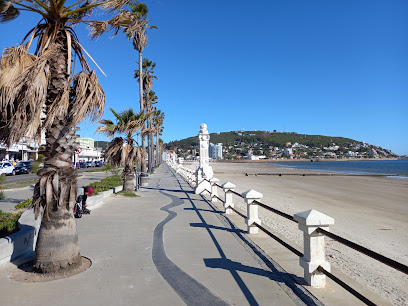
Plaza Armenia
Discover the beauty of Plaza Armenia, a tranquil park and observation deck in Piriápolis, offering stunning coastal views and a serene escape into nature.
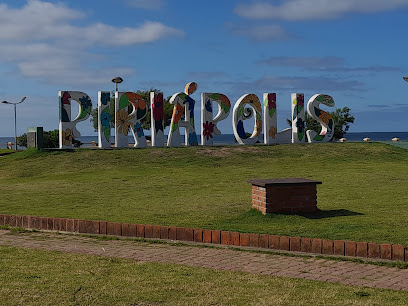
La Rotonda
Experience the best of Uruguayan cuisine at La Rotonda, where stunning ocean views meet delightful local flavors in Piriápolis.
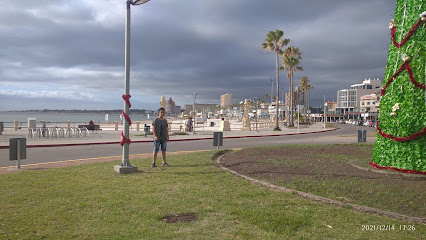
Fuente del Toro
Discover the tranquil beauty of Fuente del Toro in Piriápolis, a lush park featuring iconic sculptures and serene walking paths for nature lovers.
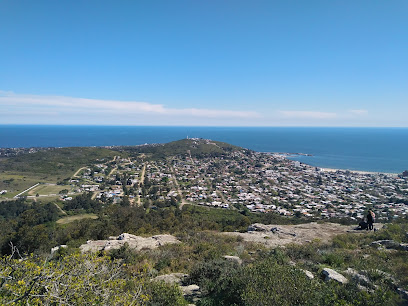
Paseo de la Pasiva
Discover the vibrant art scene at Paseo de la Pasiva in Piriápolis, Uruguay, where local artisans showcase their creativity amidst stunning coastal views.
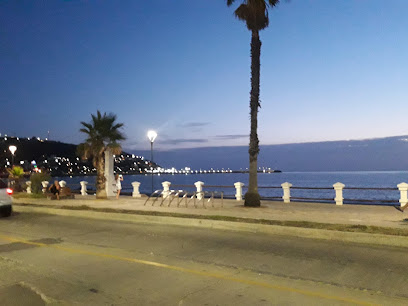
Punta Ballena
Experience the stunning coastal beauty of Punta Ballena, Uruguay, where breathtaking views and serene beaches await every traveler.
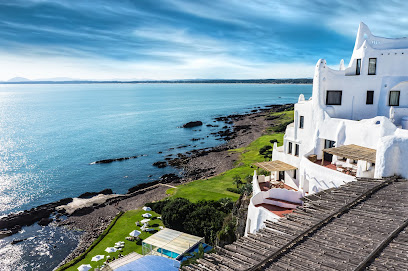
Piriápolis Beach
Experience the beauty and vibrant atmosphere of Piriápolis Beach, a stunning coastal destination in Uruguay perfect for relaxation and adventure.
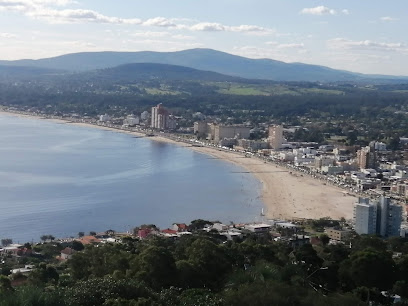
Cerro San Antonio
Discover the breathtaking views from Cerro San Antonio, a stunning mountain peak in Uruguay's Maldonado Department, perfect for nature lovers and adventure seekers.
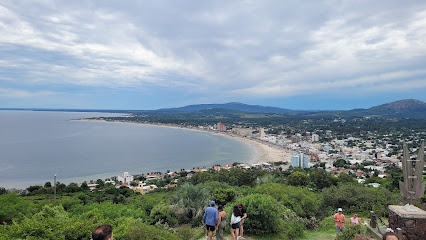
Cartel de Piriápolis
Discover the enchanting allure of Cartel de Piriápolis, an iconic landmark where coastal beauty and vibrant culture meet in Uruguay.
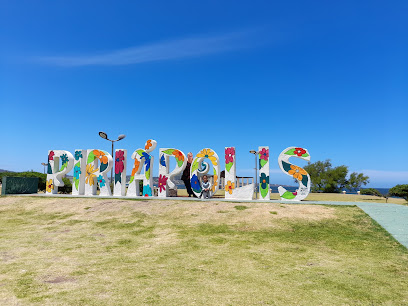
Church of Piria
Experience the rich cultural heritage and stunning architecture of the Church of Piria in the heart of Piriápolis, Uruguay.
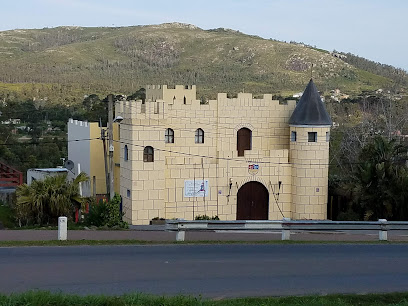
Cerro de los Toros
Discover the breathtaking beauty of Cerro de los Toros, a stunning mountain peak in Uruguay's Maldonado Department, perfect for nature lovers and adventure seekers.
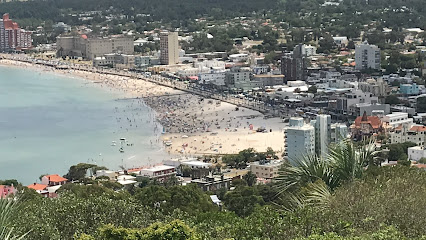
Unmissable attractions to see
Castillo Pittamiglio Las Flores
Explore Castillo Pittamiglio Las Flores, a unique historical landmark in Uruguay, blending art, architecture, and rich cultural heritage.

Castillo Pittamiglio Las Flores
Discover Castillo Pittamiglio Las Flores, a captivating castle showcasing rich history and stunning architecture amidst beautiful gardens in Uruguay.
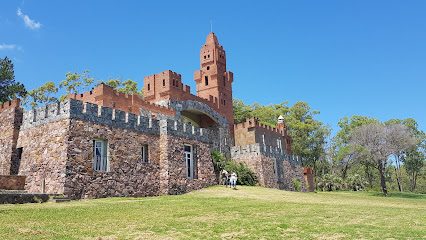
Francisco Piria Castle
Explore the historic Francisco Piria Castle in Piriápolis, a stunning architectural gem surrounded by lush landscapes and rich Uruguayan history.
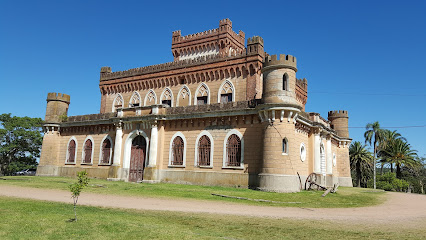
Las Grutas
Explore Las Grutas in Punta Ballena, Uruguay: a coastal haven with stunning beaches, vibrant local culture, and unforgettable sunsets.
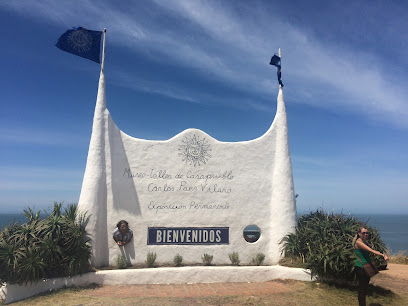
Rambla Piriapolis
Experience the beauty and charm of Rambla Piriapolis, a picturesque coastal promenade in Uruguay that offers stunning views and a vibrant local culture.
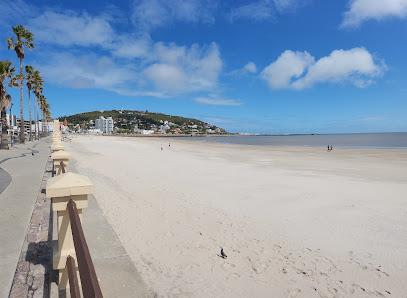
Plaza Armenia
Explore the serene beauty and stunning views at Plaza Armenia, a tranquil park in the heart of Piriápolis, perfect for a peaceful retreat.
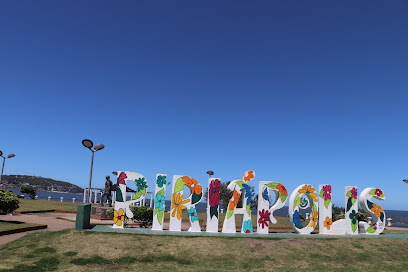
Fuente Venus Park
Explore the serene beauty of Fuente Venus Park in Piriápolis, a perfect getaway for nature lovers and families seeking leisure and tranquility.
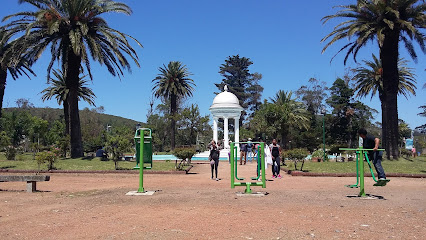
Fuente del Toro
Explore the tranquil beauty of Fuente del Toro, a picturesque park in Piriápolis offering lush landscapes and a serene atmosphere perfect for relaxation.
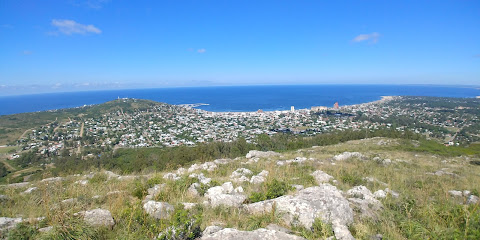
Paseo de la Pasiva
Explore the artistic heart of Piriápolis at Paseo de la Pasiva, where stunning coastal views meet vibrant local creativity.
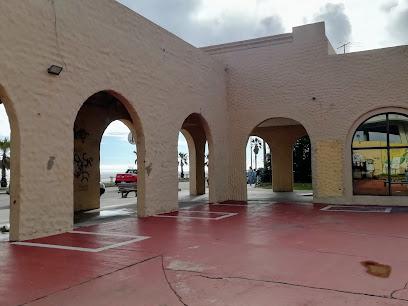
Playa San Francisco
Discover the beauty of Playa San Francisco in Piriápolis, where sun, sand, and stunning views create an unforgettable beach experience.
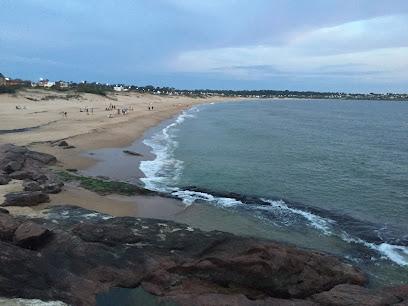
Church of Piria
Discover the captivating Church of Piria in Piriápolis, a blend of history, architecture, and serene beauty perfect for every traveler.
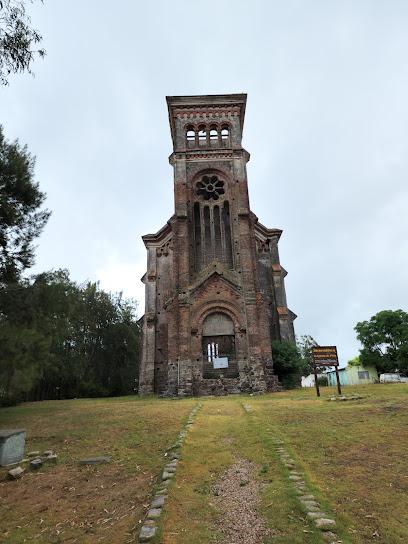
Cartel de Piriápolis
Experience the vibrant charm of Cartel de Piriápolis, an iconic landmark that captures the essence of Uruguay's coastal beauty.
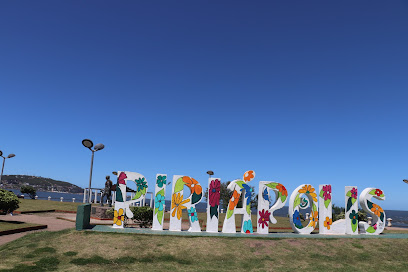
Church of Piria
Explore the serene beauty and architectural wonder of the Church of Piria in Piriápolis, a must-visit spiritual landmark on the Uruguayan coast.
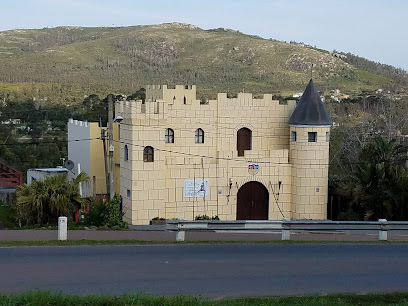
Punta Negra Beach
Discover the serene beauty of Punta Negra Beach, where golden sands meet azure waters in a tranquil Uruguayan paradise perfect for relaxation and adventure.

Playa La Rinconada Piriapolis
Experience the tranquil beauty of Playa La Rinconada, a stunning beach in Piriápolis perfect for relaxation and unforgettable sunsets.

Essential places to dine
Alba Express
Experience authentic Uruguayan cuisine at Alba Express in Piriápolis - delicious food at great prices awaits you!
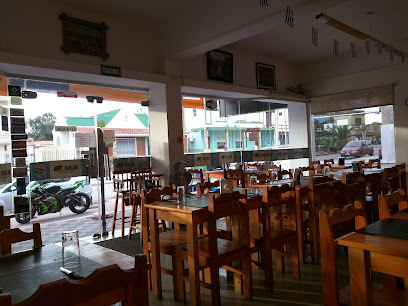
Restaurant Yoyo
Experience the flavors of Uruguay at Restaurant Yoyo in Piriápolis – where local ingredients meet culinary creativity.
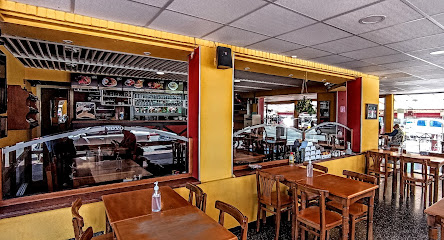
La Rotonda
Experience exquisite dining at La Rotonda in Piriápolis - where delicious food meets breathtaking ocean views.
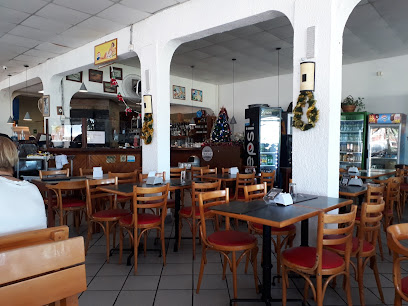
La Goleta
Experience authentic Uruguayan cuisine with stunning ocean views at La Goleta in Piriápolis.
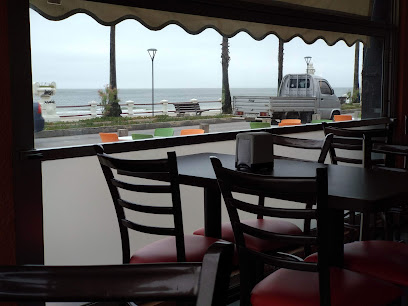
Kraken
Discover culinary excellence at Kraken in Piriápolis - where fresh seafood meets breathtaking ocean views.
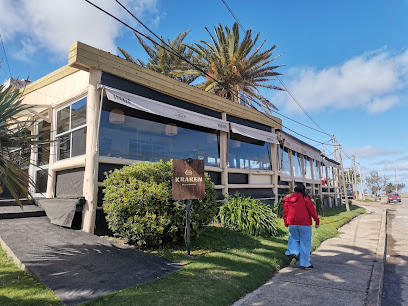
Puertito Don Anselmo
Experience exquisite seafood dining at Puertito Don Anselmo in Piriápolis—where every dish tells a story of Uruguay's rich coastal heritage.

Ocho Nudos ~
Discover Ocho Nudos in Piriápolis: where fresh seafood meets breathtaking views in a vibrant dining atmosphere.
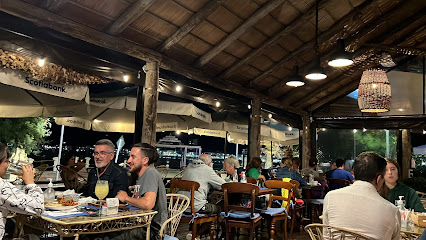
Poseidón Restaurante
Experience delightful seafood and local flavors at Poseidón Restaurante in beautiful Piriápolis.
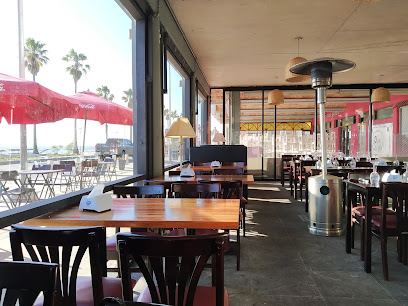
La Pasiva
Discover authentic Uruguayan cuisine at La Pasiva in Piriápolis – where every meal tells a story!
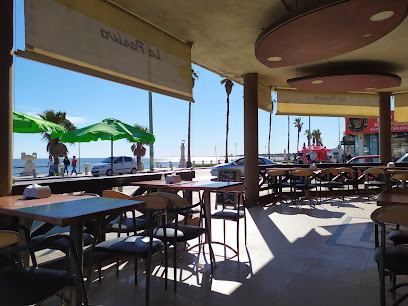
Picasso Restaurante
Discover exquisite seafood and vibrant ambiance at Picasso Restaurante in Piriápolis - A culinary gem in Uruguay.
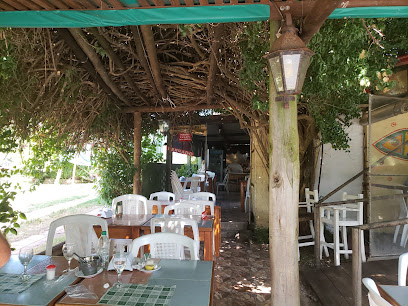
Drakar
Experience authentic Uruguayan cuisine at Drakar in Piriápolis – where stunning views meet exceptional flavors.
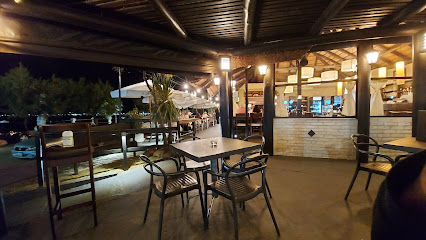
Trattoria Da Piero
Experience authentic Italian cuisine at Trattoria Da Piero in beautiful Piriápolis, where every dish is crafted with love and tradition.
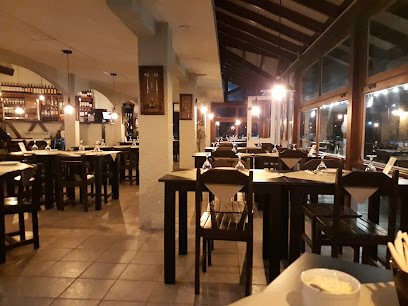
La casa de la empanada
Discover La Casa de la Empanada in Piriápolis for authentic Uruguayan fast food featuring delicious empanadas at affordable prices.
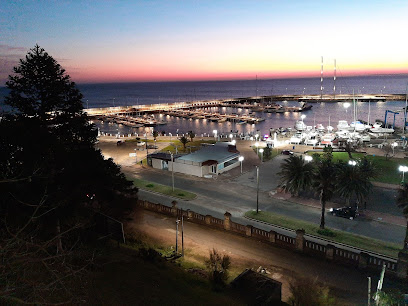
El Beril
Experience authentic Uruguayan cuisine at El Beril in Piriápolis – where delightful flavors meet stunning coastal views.
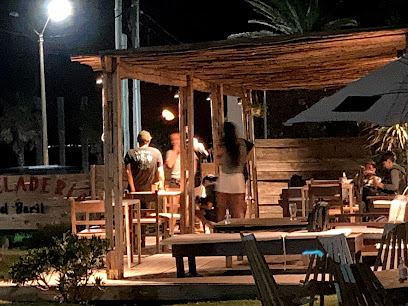
Rocco's Cucina Italiana
Experience authentic Italian flavors at Rocco's Cucina Italiana in Piriápolis – where every meal feels like a celebration.
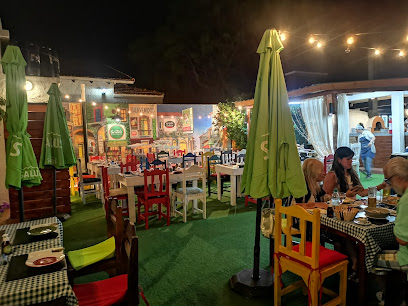
Markets, malls and hidden boutiques
Cosmeshop
Explore the beauty haven of Cosmeshop in Piriápolis, where quality cosmetics meet exceptional service in a charming coastal setting.
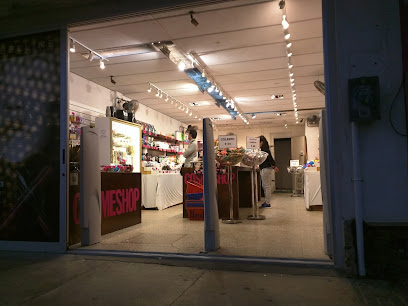
tiendas jps
Explore the latest trends in fashion, footwear, and underwear at Tiendas JPS, a stylish shopping haven in Piriápolis.
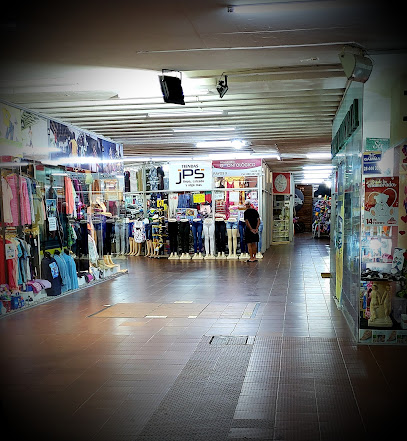
LOLITA
Explore the stylish world of LOLITA in Piriápolis, where fashion meets local flair, perfect for trendy travelers seeking unique clothing.

GENESIS
Discover the ultimate shopping destination in Piriápolis at GENESIS, where style meets affordability in a chic clothing store.
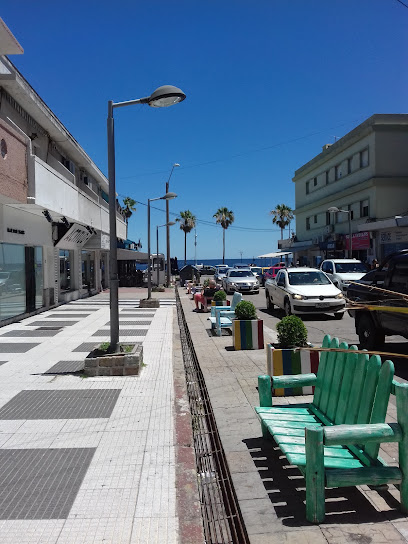
Glamour Piriapolis-Arumoda
Explore Glamour Piriapolis, a stylish clothing store in the heart of Piriápolis, where local fashion meets coastal charm for an unforgettable shopping experience.

Maura Store
Explore Maura Store in Piriápolis for trendy clothing reflecting coastal vibes and unique local designs.
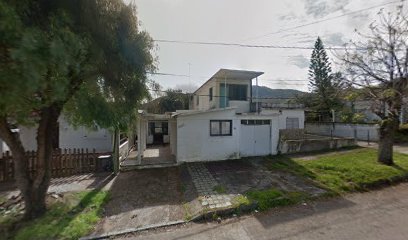
Karo's
Explore Karo's in Piriápolis: A shopping mall where vibrant culture, local flavor, and a delightful shopping experience come together.
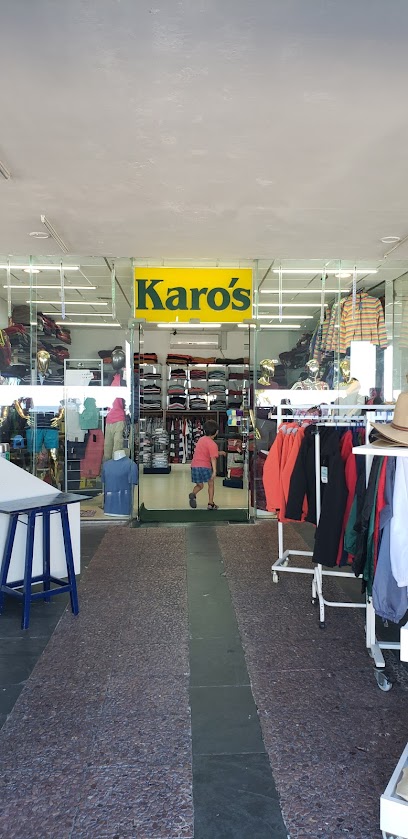
FloOh !
Explore FloOh! in Piriápolis for unique gifts, stylish clothing, and toys that embody the spirit of this charming coastal destination.
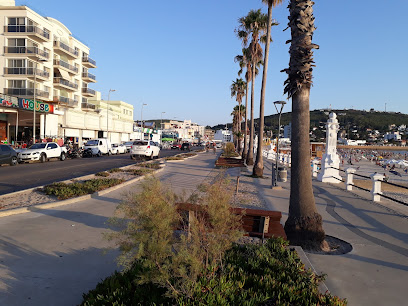
Vinilo.uy
Explore Vinilo.uy in Piriápolis for unique gifts and home goods, showcasing the best of Uruguayan craftsmanship and local artistry.

Tienda Viceversa Labellamafia
Discover the vibrant essence of Piriápolis at Tienda Viceversa Labellamafia – your destination for unique fashion and local artisan treasures.
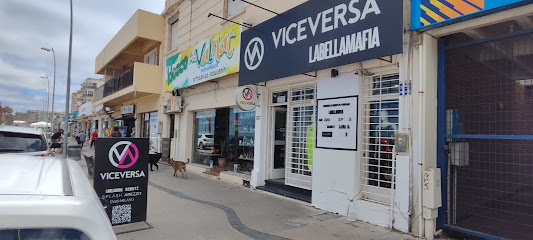
SI SI
Discover stylish apparel and accessories at SI SI, the go-to clothing store in Piriápolis, perfect for enhancing your vacation wardrobe.
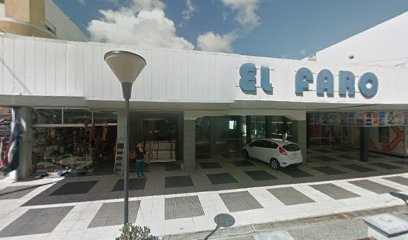
Feria Artesanal Plaza Artigas
Explore Feria Artesanal Plaza Artigas, a vibrant artisan market in Piriápolis, showcasing local crafts, delicious food, and a lively cultural atmosphere.
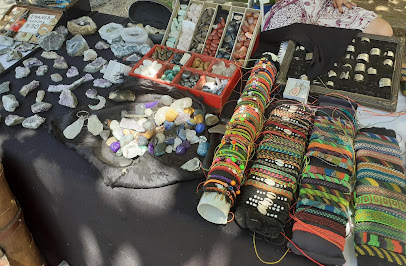
basicos
Discover unique craftsmanship and local style at Basicos Boutique in Piriápolis, a true gem for tourists seeking authentic Uruguayan treasures.
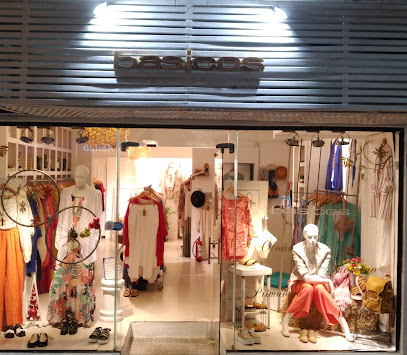
Lulita Outlet
Explore Lulita Outlet in Piriápolis for unique gifts and local crafts that capture the spirit of Uruguay, perfect for your travel memories.
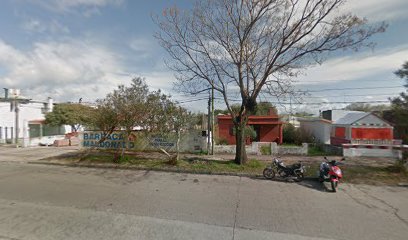
kally Piriápolis
Explore unique women's fashion at Kally Piriápolis, a boutique that captures the essence of Uruguayan style in the heart of Piriápolis.

Essential bars & hidden hideouts
El Beril
Experience the best of Uruguayan cuisine at El Beril in Piriápolis, where fresh ingredients and inviting ambiance create unforgettable dining moments.
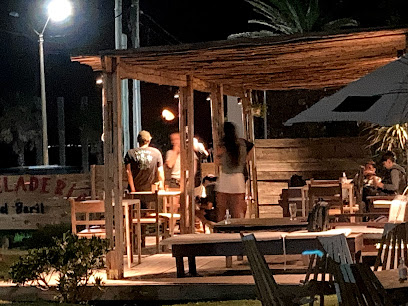
Resto Pub il Marine
Experience the vibrant flavors of Uruguayan cuisine at Resto Pub il Marine in picturesque Piriápolis, perfect for any dining occasion.
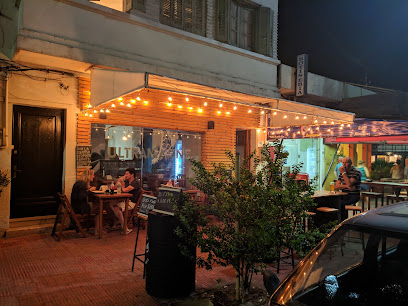
Figaro Restó
Experience the lively charm of Figaro Restó in Piriápolis, where delicious food and vibrant nightlife come together for an unforgettable night out.
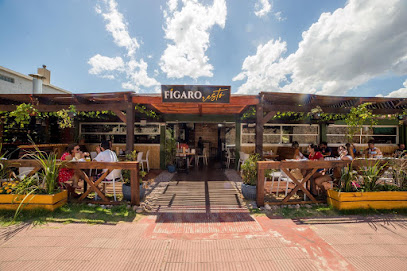
Pool Del Beto
Explore the vibrant Pool Del Beto in Piriápolis, where refreshing drinks, live music, and a lively ambiance await every visitor.
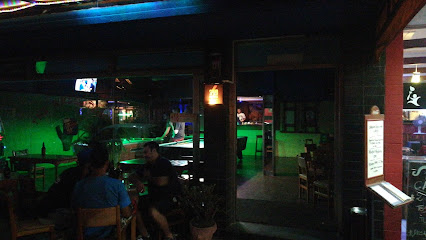
Bocce Club Lounge
Experience Piriápolis' vibrant nightlife at Bocce Club Lounge, where local charm meets lively atmosphere and affordable drinks.
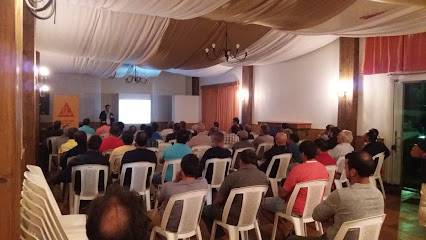
Palú Bar
Experience the vibrant nightlife at Palú Bar in Piriápolis, where delicious drinks and a lively atmosphere await you.
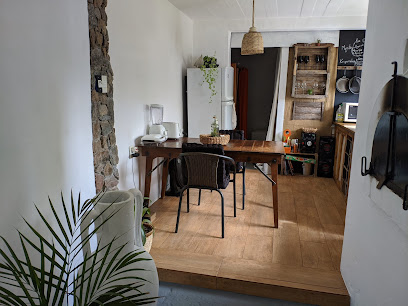
La chispa del sabor
Experience the vibrant flavors of Uruguay at La Chispa del Sabor, a lively bar in Piriápolis offering local delights and a welcoming atmosphere.
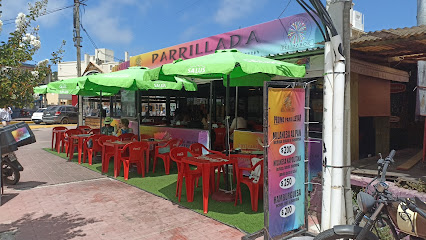
Shaker
Experience the vibrant nightlife at Shaker, a must-visit bar in Piriápolis, known for its creative cocktails and lively atmosphere.
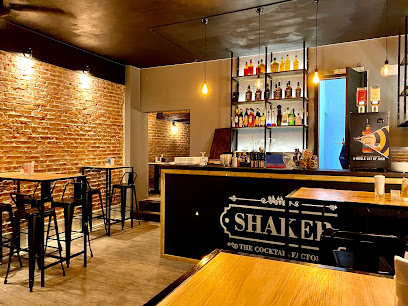
Favela Chic cabañas y bar
Discover the vibrant charm of Favela Chic Cabañas y Bar in Piriápolis, where local culture meets refreshing drinks and lively ambiance.
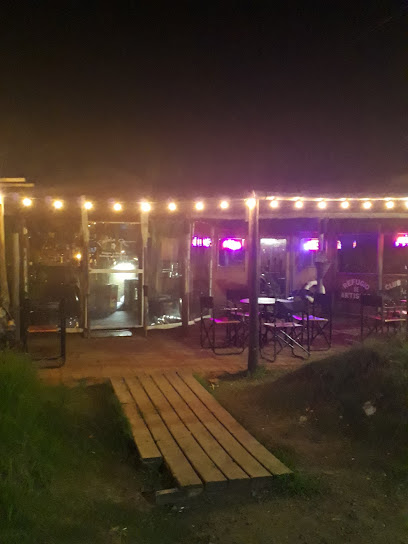
El Quincho
Discover the breathtaking views and local flavors at El Quincho, the premier bar on Cerro San Antonio in Piriápolis.
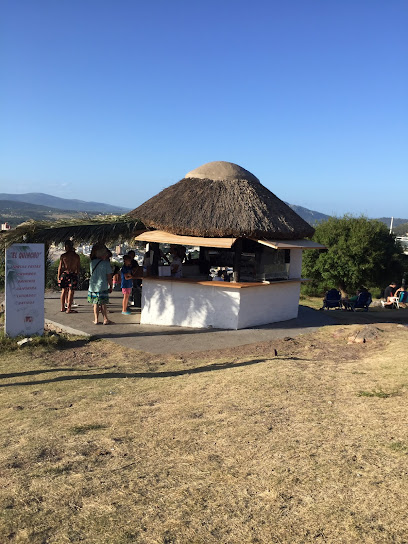
I wanna beach
Discover I Wanna Beach in Piriápolis, where delicious grilled dishes meet stunning coastal views for an unforgettable dining experience.
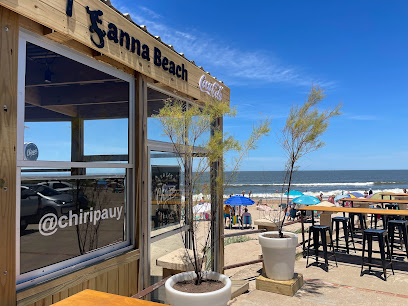
HEADQUARTERS AND CANTINA PIRIAPOLIS BOWLS CLUB
Discover the heart of Piriápolis at Headquarters and Cantina Piriápolis Bowls Club, where vibrant atmosphere, local drinks, and community spirit await.
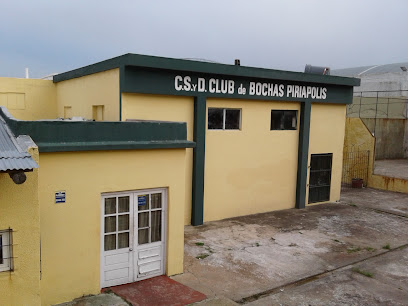
El Club cantina y pizzeria
Discover El Club Cantina y Pizzeria in Piriápolis: where gourmet flavors meet a vibrant atmosphere in a delightful coastal setting.
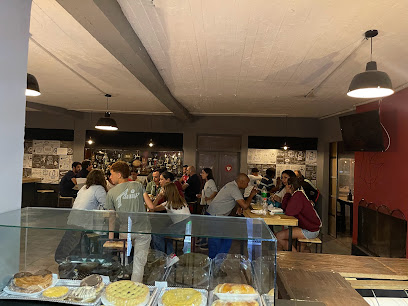
Noctiluca, Piriapólis, departamento de Maldonado
Discover the vibrant nightlife and coastal charm of Noctiluca, Piriapólis – a must-visit pub for tourists seeking local flavor.
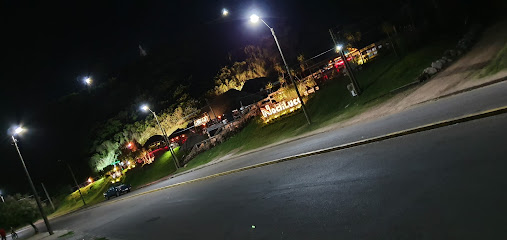
Patagonia
Experience the vibrant nightlife at Patagonia Bar in Piriápolis, where locals and visitors come together to enjoy refreshing drinks and lively conversations.
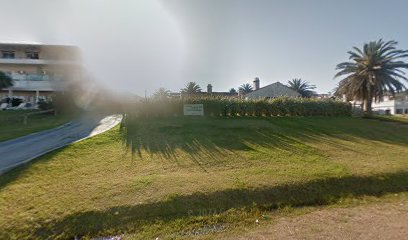
Local Phrases about Piriápolis
-
- HelloHola
[oh-lah] - GoodbyeAdiós
[ah-dyohs] - YesSí
[see] - NoNo
[noh] - Please/You're welcomePor favor/De nada
[pohr fah-vohr/deh nah-dah] - Thank youGracias
[grah-syahs] - Excuse me/SorryDisculpe/Perdón
[dees-kool-peh/pehr-dohn] - How are you?¿Cómo estás?
[koh-moh ehs-tahs] - Fine. And you?Bien. ¿Y tú?
[byen. ee too] - Do you speak English?¿Hablas inglés?
[ah-blahs een-glehs] - I don't understandNo entiendo
[noh ehn-tyen-doh]
- HelloHola
-
- I'd like to see the menu, pleaseMe gustaría ver el menú, por favor
[meh goos-tah-ree-ah behr ehl meh-noo, pohr fah-vohr] - I don't eat meatNo como carne
[noh koh-moh kahr-neh] - Cheers!¡Salud!
[sah-loohd] - I would like to pay, pleaseQuisiera pagar, por favor
[kee-syeh-rah pah-gahr, pohr fah-vohr]
- I'd like to see the menu, pleaseMe gustaría ver el menú, por favor
-
- Help!¡Ayuda!
[ah-yoo-dah] - Go away!¡Vete!
[veh-teh] - Call the Police!¡Llama a la policía!
[yah-mah ah lah poh-lee-see-ah] - Call a doctor!¡Llama a un médico!
[yah-mah ah oon meh-dee-koh] - I'm lostEstoy perdido/a
[ehs-toy pehr-dee-doh/ah] - I'm illEstoy enfermo/a
[ehs-toy ehn-fehr-moh/ah]
- Help!¡Ayuda!
-
- I'd like to buy...Me gustaría comprar...
[meh goos-tah-ree-ah kohm-prahr...] - I'm just lookingSolo estoy mirando
[soh-loh ehs-toy meer-ahn-doh] - How much is it?¿Cuánto cuesta?
[kwan-toh kwehs-tah] - That's too expensiveEsto es demasiado caro
[ehs-toh ehs deh-mah-syah-doh kah-roh] - Can you lower the price?¿Puedes bajar el precio?
[pweh-dehs bah-hahr ehl pree-syoh]
- I'd like to buy...Me gustaría comprar...
-
- What time is it?¿Qué hora es?
[keh oh-rah ehs] - It's one o'clockEs la una
[ehs lah oo-nah] - Half past (10)Las diez y media
[lahs dyehs ee meh-dee-ah] - MorningMañana
[mah-nyah-nah] - AfternoonTarde
[tahr-deh] - EveningNoche
[noh-cheh] - YesterdayAyer
[ah-yehr] - TodayHoy
[oy] - TomorrowMañana
[mah-nyah-nah] - 1Uno
[oo-noh] - 2Dos
[dohs] - 3Tres
[trehs] - 4Cuatro
[kooah-troh] - 5Cinco
[seen-koh] - 6Seis
[seys] - 7Siete
[syeh-teh] - 8Ocho
[oh-choh] - 9Nueve
[nweh-veh] - 10Diez
[dyehs]
- What time is it?¿Qué hora es?
-
- Where's a/the...?¿Dónde está...?
[dohn-deh ehs-tah] - What's the address?¿Cuál es la dirección?
[kwal ehs lah dee-rehk-syohn] - Can you show me (on the map)?¿Puedes mostrarme (en el mapa)?
[pweh-dehs mohs-trahr-meh (ehn ehl mah-pah)] - When's the next (bus)?¿Cuándo es el próximo (autobús)?
[kwan-doh ehs ehl proh-ksee-moh (ow-toh-boos)] - A ticket (to ....)Un boleto (para ....)
[oon boh-leh-toh (pah-rah)]
- Where's a/the...?¿Dónde está...?
History of Piriápolis
-
Piriápolis was founded by Francisco Piria in 1890. Piria, a visionary entrepreneur, had the dream of creating a European-style resort town in Uruguay. He purchased a vast area of land and began constructing hotels, parks, and public buildings, laying the foundation for what would become one of Uruguay's most popular coastal destinations.
-
In 1930, Francisco Piria inaugurated the Argentino Hotel, a grand establishment that quickly became a symbol of luxury and sophistication. The hotel featured opulent architecture, lush gardens, and state-of-the-art amenities, attracting wealthy visitors from across the globe. This landmark played a significant role in establishing Piriápolis as a premier tourist destination.
-
The Rambla de los Argentinos, Piriápolis' scenic coastal promenade, was developed in the early 20th century. It stretches along the town's coastline, offering breathtaking views of the ocean and the surrounding hills. The promenade quickly became a popular spot for both locals and tourists to enjoy leisurely strolls, social gatherings, and outdoor activities.
-
Francisco Piria's influence on the town's architecture is evident in many of Piriápolis' buildings. He imported materials and styles from Europe, resulting in a unique blend of Mediterranean, Italian, and French architectural elements. This eclectic mix gives Piriápolis its distinctive charm and character, setting it apart from other Uruguayan coastal towns.
-
San Antonio Hill, named after Saint Anthony, is one of Piriápolis' most iconic landmarks. At its summit stands a small chapel dedicated to the saint, constructed in the early 20th century. The hill offers panoramic views of the town and the Atlantic Ocean, making it a popular spot for pilgrims and tourists alike.
-
The Piriápolis cable car, or 'teleférico,' was introduced in the 1950s. It provides a unique and scenic way to reach the top of San Antonio Hill. The cable car ride offers stunning views of the town, the coastline, and the surrounding landscape, enhancing the tourist experience and attracting adventure seekers.
-
Cerro del Toro is another prominent hill in Piriápolis, famous for its bronze bull statue. The statue, installed by Francisco Piria, symbolizes strength and prosperity. Visitors often hike up the hill to see the statue up close and enjoy the picturesque views of the surrounding area.
-
Piriápolis has served as a backdrop for several Uruguayan films and TV shows, thanks to its picturesque scenery and charming architecture. The town's cinematic appeal has helped promote its cultural and historical significance, drawing film enthusiasts and tourists interested in exploring its film heritage.
Piriápolis Essentials
-
Piriápolis is located in the Maldonado Department of Uruguay, approximately 100 kilometers east of Montevideo. The nearest international airport is Carrasco International Airport (MVD) in Montevideo. From the airport, you can take a taxi, rent a car, or use shuttle services to reach Piriápolis. The drive typically takes around 1.5 to 2 hours via Route Interbalnearia. Alternatively, you can take a bus from Montevideo's Tres Cruces terminal directly to Piriápolis.
-
Piriápolis has a variety of transportation options. Taxis and ride-sharing services like Uber are readily available. Public buses operate within the town and connect to nearby areas. Renting a bike is also a popular option for exploring the scenic coastal routes. For longer excursions, renting a car can provide more flexibility. The town is relatively small, so walking is also a convenient way to get around.
-
The official currency in Uruguay is the Uruguayan Peso (UYU). Credit cards are widely accepted in hotels, restaurants, and shops, but it is advisable to carry some cash for smaller establishments and local markets. ATMs are available throughout Piriápolis, and most accept international cards. It's a good idea to notify your bank of your travel plans to avoid any issues with card transactions.
-
Piriápolis is generally considered a safe destination for tourists. However, like any travel destination, it is important to take standard precautions. Avoid leaving your belongings unattended on the beach or in public places. While there are no specific high-crime areas targeting tourists, it is best to avoid poorly lit areas at night. Always use reputable transportation services and stay aware of your surroundings.
-
In case of emergency, dial 911 for immediate assistance. The local police station and medical facilities are readily accessible in Piriápolis. It's advisable to have travel insurance that covers medical emergencies. For minor health issues, there are several pharmacies in town where you can purchase over-the-counter medications. Familiarize yourself with the location of the nearest hospital or clinic.
-
Fashion: Do dress comfortably but modestly. Beachwear is appropriate for the beach, but casual attire is preferred in town. Religion: Do respect local customs and traditions. There are no strict religious dress codes, but modesty is appreciated. Public Transport: Do be courteous on public transport. Offer your seat to elderly passengers. Don't eat or drink on buses. Greetings: Do greet people with a friendly 'Hola' or 'Buen día.' A handshake is common. Eating & Drinking: Do try local dishes like 'chivito' and 'asado.' Don't tip excessively; 10% is standard in restaurants.
-
To experience Piriápolis like a local, visit the Rambla de los Argentinos for a leisurely stroll along the beachfront. Check out the local markets for fresh produce and artisanal goods. Engage with locals, who are often friendly and willing to share insights about the area. Don't miss the opportunity to take the chairlift to Cerro San Antonio for stunning panoramic views of the town and coastline.
Trending Landmarks in Piriápolis
Nearby Cities to Piriápolis
-
Things To Do in Punta del Este
-
Things To Do in Montevideo
-
Things To Do in Colonia del Sacramento
-
Things To Do in La Plata
-
Things To Do in Buenos Aires
-
Things To Do in Fray Bentos
-
Things To Do in Tacuarembó
-
Things To Do in Mar del Plata
-
Things To Do in Rosario
-
Things To Do in Encarnacion
-
Things To Do in Carmen del Parana
-
Things To Do in Córdoba
-
Things To Do in Villarrica
-
Things To Do in Florianópolis
-
Things To Do in Puerto Iguazú









